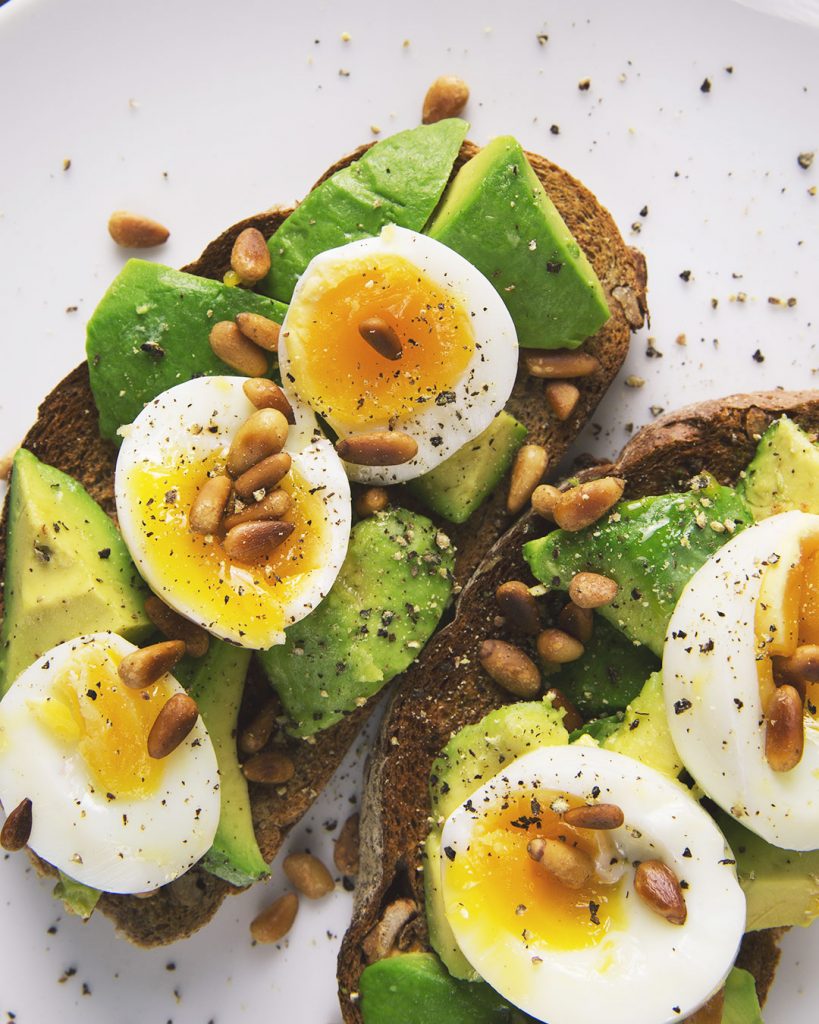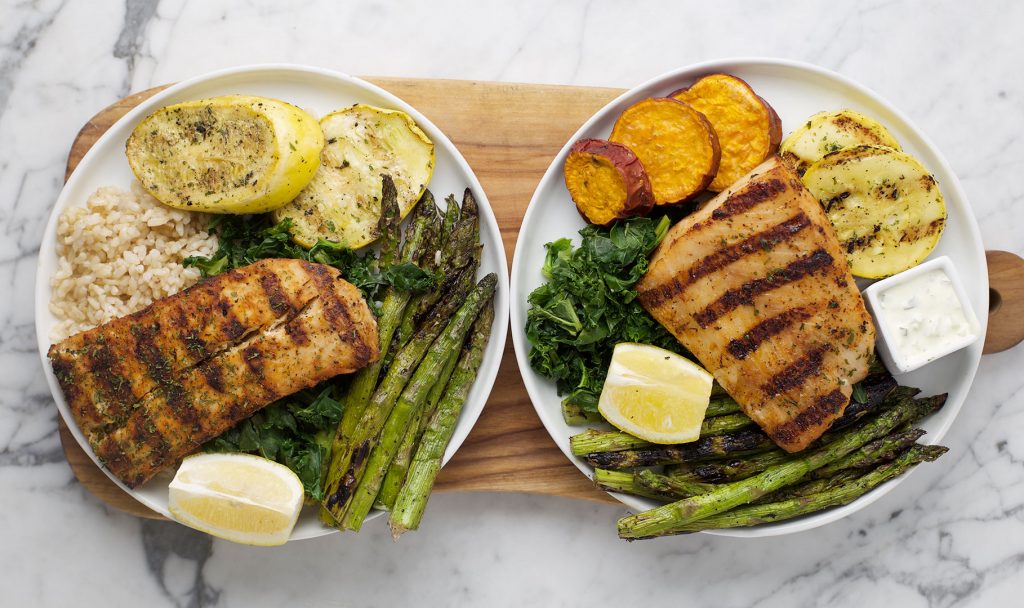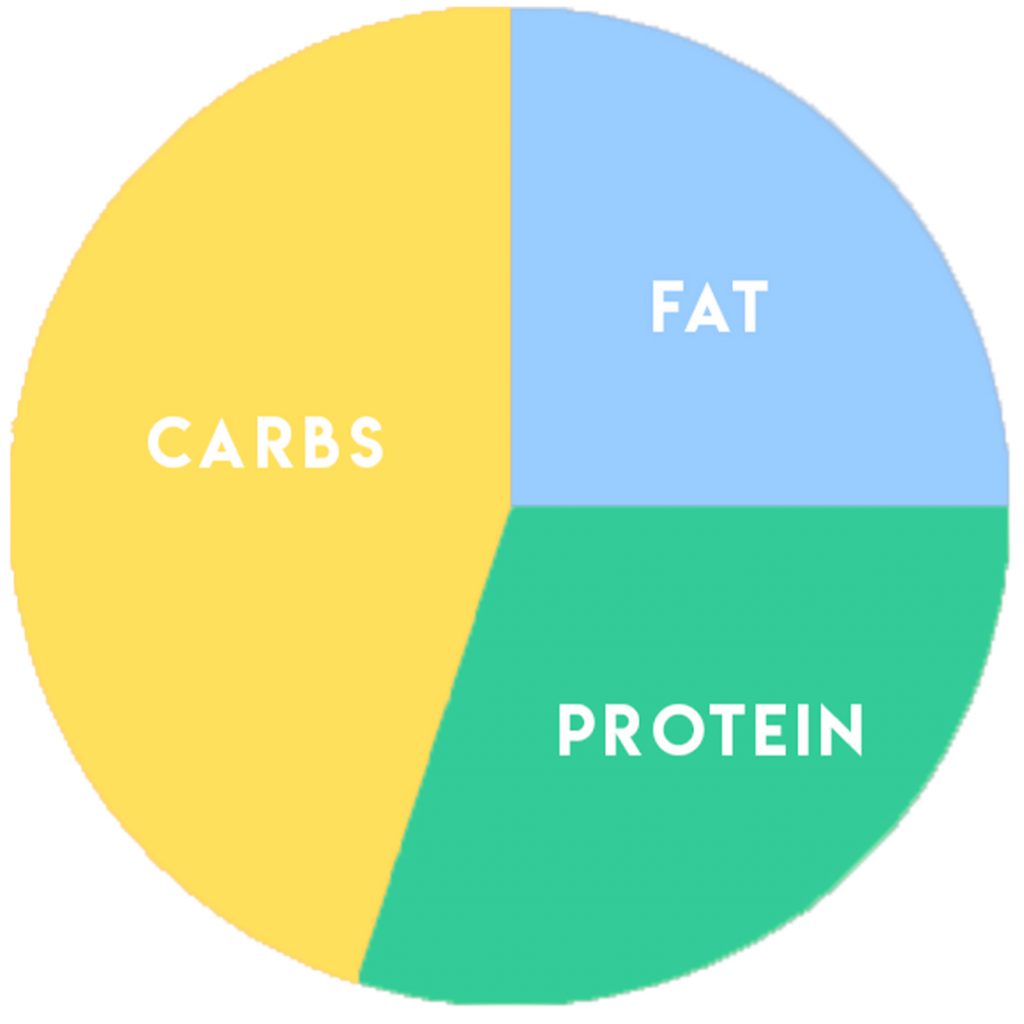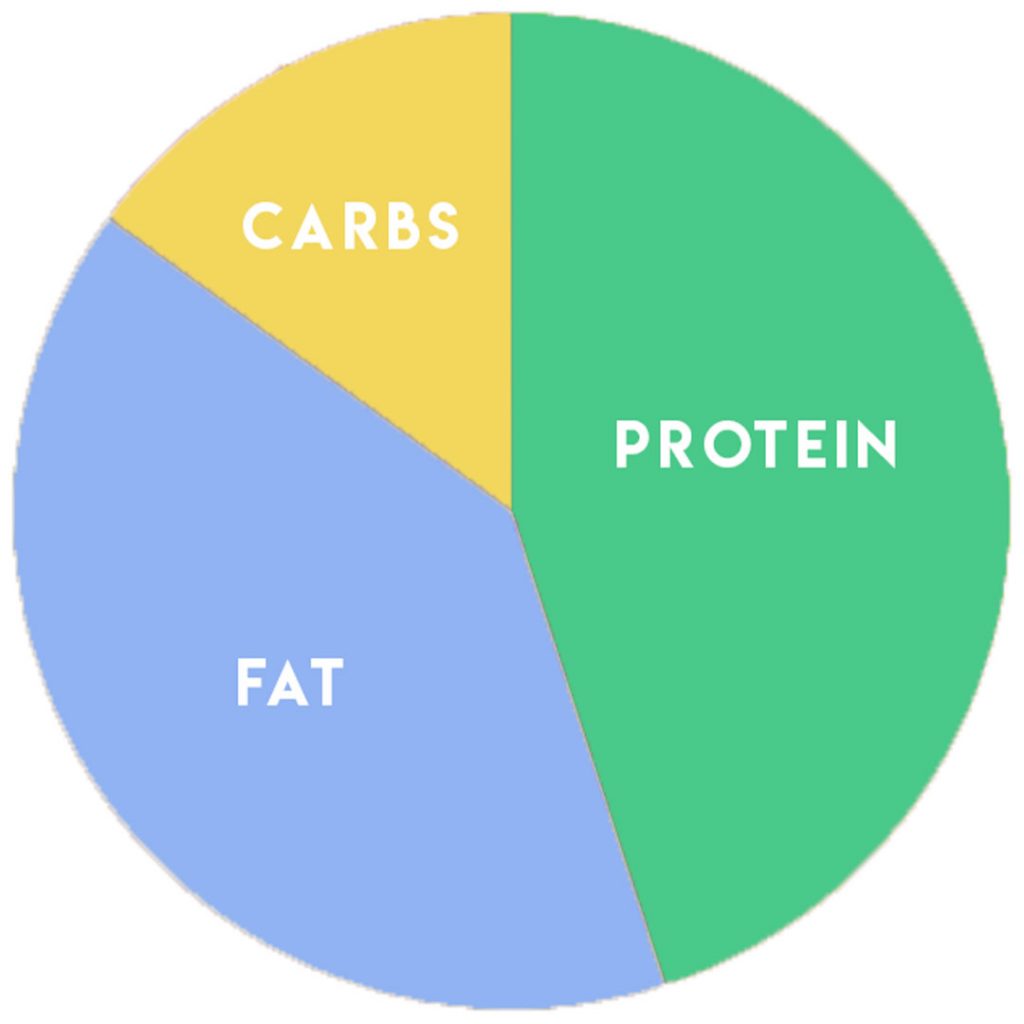What are Macros, and What Balance is Right for You?
Living in Southern California, you’ve probably heard the term “macros” being tossed around amongst your health & fitness conscious friends. Everyone’s counting their macros, or saying things like “hey, it fits my macros!” But what does that mean, and why does it matter?
What are Macros?
Macros isn’t some new fad. In fact, Macros is just the abbreviated version of macronutrients. All the food we eat, no matter what it is or where it comes from has macro and micro nutrients. Micro, meaning small, refers to things like vitamins, iron, calcium, potassium and other small vital nutrients found in food. Macro, the opposite, are the large categories of nutrients, mainly the fat, protein, and carbohydrates that are the building blocks of all food. All food have certain amounts of each macronutrient, some have higher percentages than others.
Macros, opposed to micronutrients, make up the calorie count of your food. Iron isn’t adding to your calories, but fat, protein, and carbs are. One gram of carbohydrates or protein will both cost you 4 calories, while one gram of fat provides 9 calories. Alcohol is the often unrecognized macro”nutrient” which costs 7 calories per gram, but since it doesn’t give you any nutrition… we don’t really consider it a nutrient.
So those are your macros. Easy peasy. But why does this matter?
Meet your Macros
So, we’ve already discussed that ALL food has some balance and breakdown of these three main macros, and it’s not always that obvious. Chicken breast is not 100% protein, cheese is not 100% fat. Everything has a breakdown. Vegetables have carbs, and so do nuts. Nuts, right? So what’s to be gained out of working all this out.

Firstly, there is NO BAD MACRO. Only bad sources.
In the 80’s you’d have thought the fat macronutrient was poison. Everything was low-fat (and full of weird chemicals to make up for it). Nowadays carbs are evil, although broccoli is mainly carbs. And potatoes and rice have been human staples in every diet world wide since the dawn of time.
The truth is all of these have a place in a human diet in balance. In fact, if you’re new to health and weight-loss, that’s the most important fact. Start with balance. Start paying attention to your macros and aim for balance, and don’t make it complicated until your farther into your journey.
So why do people have different percentages and ratios to their macros?
Because each macro has it’s own superpower.

Carbohydrates
Carbs are fuel, plain and simple. Glucose is the primary fuel for most of your cells and is the preferred energy for the brain and nervous system, the red blood cells. Once glucose enters the cell, a series of metabolic reactions convert it to carbon dioxide, water and ATP (Adenosine Tri-Phosphate), the energy currency of the cell. Pretty important right? Carbs are super powerful and keep us alive, so don’t diss them.

Protein
While carbs are giving you energy and making sure you’re surviving, protein is getting down to business. Your body contains thousands of different proteins, each with a unique function. All those proteins are made up of building blocks which are little nitrogen-containing molecules called amino acids. If your cells have all 20 amino acids available in ample amounts, you can make an infinite number of proteins. Nine of those 20 amino acids are essential, meaning you must get them in a diet, or your body will be surviving (maybe even loosing weight!) but never thriving.

Fat
Ahhh fats. Fats have a hugely important role evolutionarily. Calorie dense and delicious, fats burn slow and long helped our ancestors survive when food stores were low. Not to mention, fat is the most delicious of the macros, and goes a long way in making any diet more enjoyable. Fat is extremely important for the absorption of fat-soluble vitamins, like include A, D, E and K, brain development, keeping our skin, hair, and nails luscious and protecting our bones and organs! Yay fats.
So… everything’s good and I just eat everything all the time?
Nope, sorry. Just like all things, there’s a good side and a bad side. Making sure you’re choosing good healthy macros, from the cleanest possible sources, is the only way to really fuel your body well for long-term health.
The Right Carbs
Look, there’s a good reason people hate carbs right now. Processed bleached flour products like white bread and processed pasta is high in carbs and and high on the glycemic index (a relative ranking of carbohydrate in foods) which means it’s spiking your glucose levels, turning into sugar, which is turning into fat, all-the-while, not giving you the real-deal energy that you can get from other carb sources like brown rice, veggies, and beans.
The Right Proteins
Proteins come from many sources. There’s no wonder why people associate protein primarily with animal products, they are the highest sources of protein per gram. However, there are many other great sources of protein in the world from legumes to spinach! No matter where you get your protein, make sure you get enough and that you’re tracking the other macros that come with that protein, like fat and carbs, depending on the source.
The Right Fats
Being the most calorie dense, fats are a slippery slope. Even in ketosis, where your diet should be 70% fat… they’re easy to over do. And nasty fats can really do damage on your heart, digestion, and liver. So, do your best to pick clean sources like salmon, olives, ghee, eggs, avocado, and macadamia nuts most of the time, and treat yourself to things like bacon, steak, and cheese much less often

What Macro Balance/Ratio is right for you?
Look there’s a lot of science out there. But ultimately, the best macro ratio for you is THE ONE YOU CAN STICK TO. It doesn’t matter how high your goals are if you only stick to it for 3 days and then crash and burn. So do a little trial and error. Dip your toes in a few different pools and see which one you can do 80% of your life, leaving that other 20% for whatever, because we all do need a little whatever.
With that in mind, here’s some basics to get you moving in the right direction.
CLEAN EATING / BALANCED
MacroPlate’s TRADITIONAL

- 45-65% of carbohydrates
- 10-35% of protein
- 20-35% of fat
GODD FOR: ENDURANCE

This is the most balanced standard macro ratio. This is a great place to start for those who are new to health and fitness and simply want to start keeping track of what they eat, without taking on too much of a challenge.
This is also good for people who have high energy, fast metabolisms, and seem to always be on the move. You may have a hard time gaining weight, or feel dizzy often. This balance will support you and give you the fuel you need.
This ratio also great for endurance athletes, cyclists/spin, runners, gymnasts, and dancers.
High Protein / Bulking
MacroPlate’s HIGH PROTEIN

- 20-25% of carbohydrates
- 45-55% of protein
- 25-35% of fat
GREAT FOR: STRENGTH

Our most popular plan, macro ratios with a higher percentage of protein than fat and carbs are great for people who are trying to gain muscle, trim fat, and reduce their carbohydrates.
Good for people who are naturally athletic, have medium natural energy, have a medium build, tend to “burn” through meals faster than friends, and feel better after eating protein.
This ratio is great for body-builders, bulking, swimmers, soccer and basketball players, and those who to strength workouts like pilates, barre, and high-intensity yoga.
Low-Carb
MacroPlate’s PALEO

- 10-15% of carbohydrates
- 45-50% of protein
- 35-45% of fat
GREAT FOR: WEIGHT-LOSS

This ratio is great for people looking to lose weight quickly, or who are carbohydrate or gluten-sensitive. By increasing both the protein and fat and reducing the carbs, the body is able to focus more on burning fat than using glucose. MacroPlate’s plan follows the Paleo diet specifically, and is great for people who are gluten-free. But you don’t have to follow paleo to eat these macros.
This is great for people who are sugar and carb sensitive, find that they often experience brain fog after eating things like potatoes, rice, or pasta, experience quick weight gain, and tend to have a larger build.
Great for people who practice yoga, do light cardio like walking, light-hiking, or are just starting their fitness journey.
So… what’s right for you?
Remember, being aware of what you’re taking into your body is the most important part! Then, consistency. So, start reading labels and familiarizing yourself with the amount of carbs, protein, and fats in your current diet, pick one of these that sounds right for you and give it a try! It’s all about long-term health and awareness.



